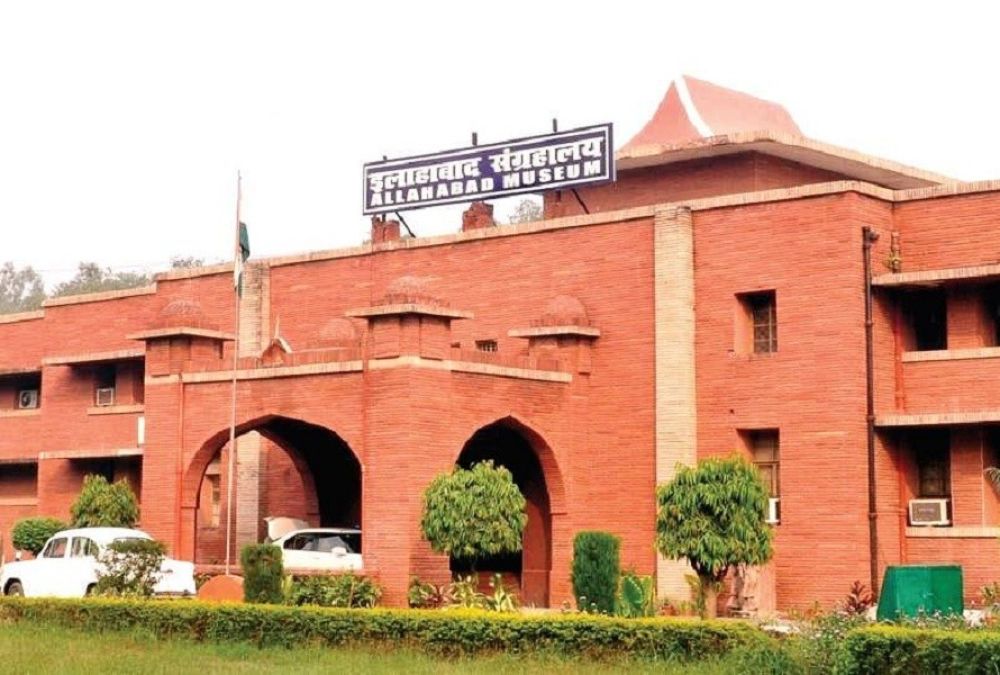

The Allahabad Museum, located in the heart of Prayagraj (formerly known as Allahabad), Uttar Pradesh, India, is a national-level museum renowned for its rich collection of artifacts, sculptures, paintings, and historical documents. Known for its unique blend of cultural and historical significance, the museum has been an important destination for tourists, historians, and culture enthusiasts alike.
Founded in 1931, the museum began as a small gallery with a modest collection within the premises of the University of Allahabad. Over the years, it garnered attention as its collection expanded, housing artifacts from the Gupta and Kushana period, exquisite terracotta figurines, ancient weapons, and manuscripts of great historical value.
In 1947, the museum was relocated to Chandrashekhar Azad Park, offering a more spacious and permanent site for the exhibits, and it gained prominence as a repository of Indian heritage. Through decades of dedication, the museum has acquired a well-curated collection, including a separate gallery for natural history and an Egyptian mummy, which has been a center of attraction.
During the later half of the 20th century, the museum underwent significant modernization. It introduced state-of-the-art galleries, including those dedicated to the Indian Freedom Struggle, showcasing personal items and memorabilia linked to influential Indian leaders. This initiative played a key role in enhancing the museum's appeal and turning it into a destination that offers deep insights into the country's struggle for independence.
In recent years, there has been a shift towards experiential and educational tourism, with a focus on interactive experiences. The Allahabad Museum has embraced this trend by organizing workshops, lectures, and temporary exhibitions that resonate with contemporary interests while also promoting traditional art forms.
Eco-Tourism: Aligning with global concerns for sustainability, the museum is also involved in eco-tourism initiatives, promoting a cleaner, greener environment around its premises and in the city.
Technology in Tourism: Embracing the digital age, Allahabad Museum has made strides in integrating technology into its services. Providing digital access to collections and interactive displays, as well as mobile apps for a self-guided tour experience, are part of these efforts. These technological advancements have made it more accessible to a younger, tech-savvy demographic.
Cultural Festivals: The museum has also started to host cultural festivals and events that attract local, regional, and international visitors. These events serve to highlight the region's cultural riches and enhance the museum's reputation as a cultural hub.
In conclusion, the rich historical tapestry and the modern enhancements at the Allahabad Museum continue to attract a diverse crowd of tourists from across the globe, making it a must-visit destination for anyone interested in India’s grand heritage and history.